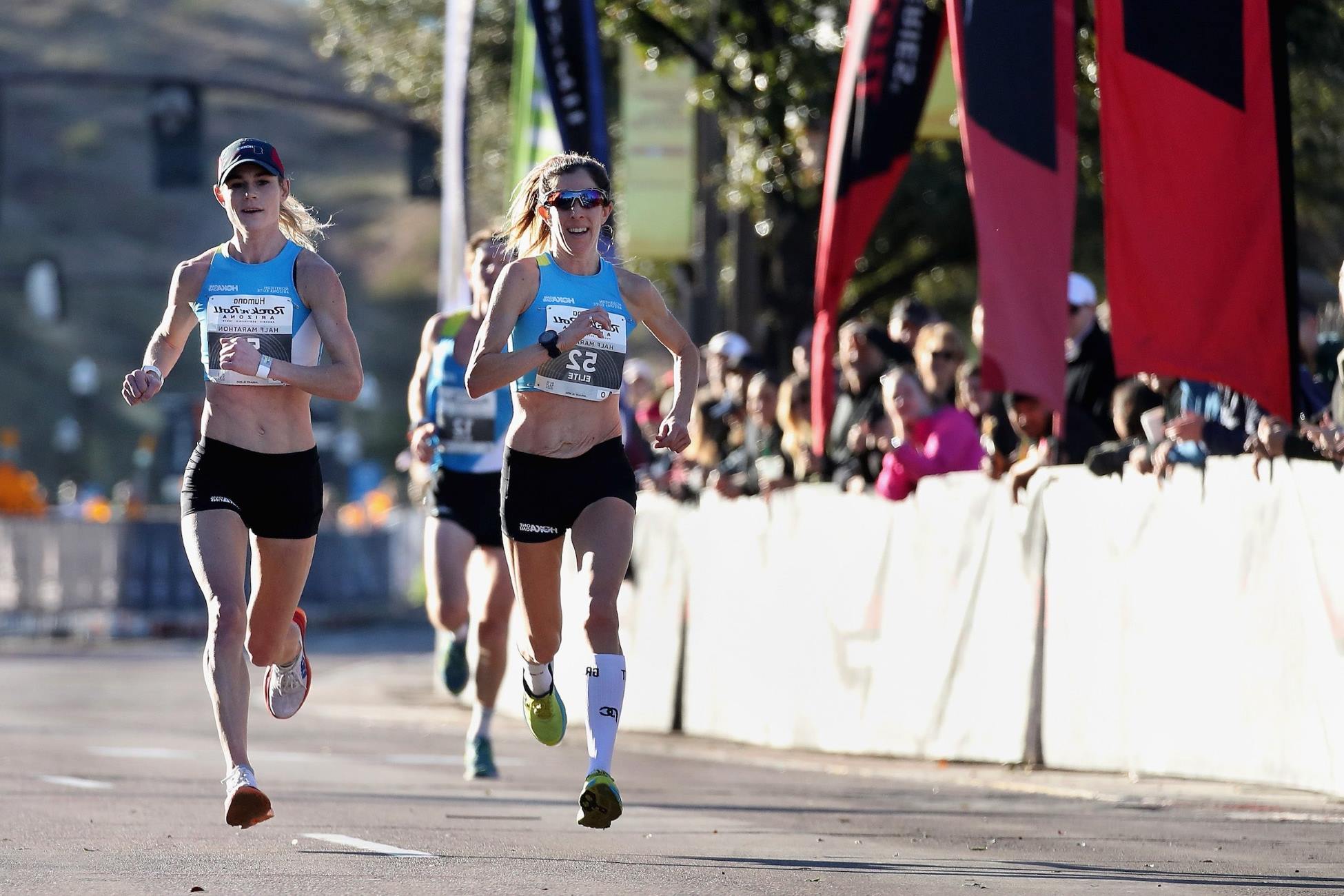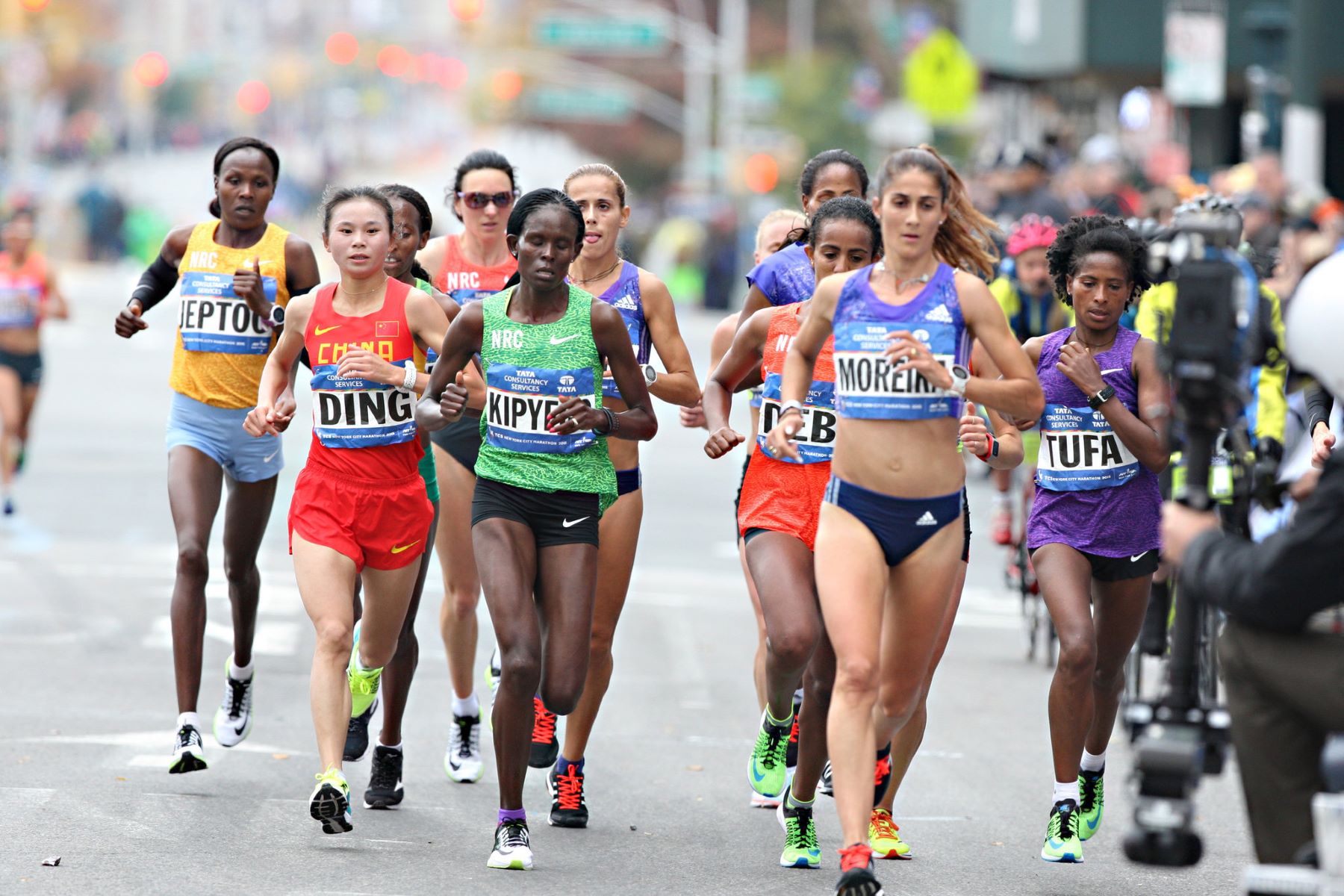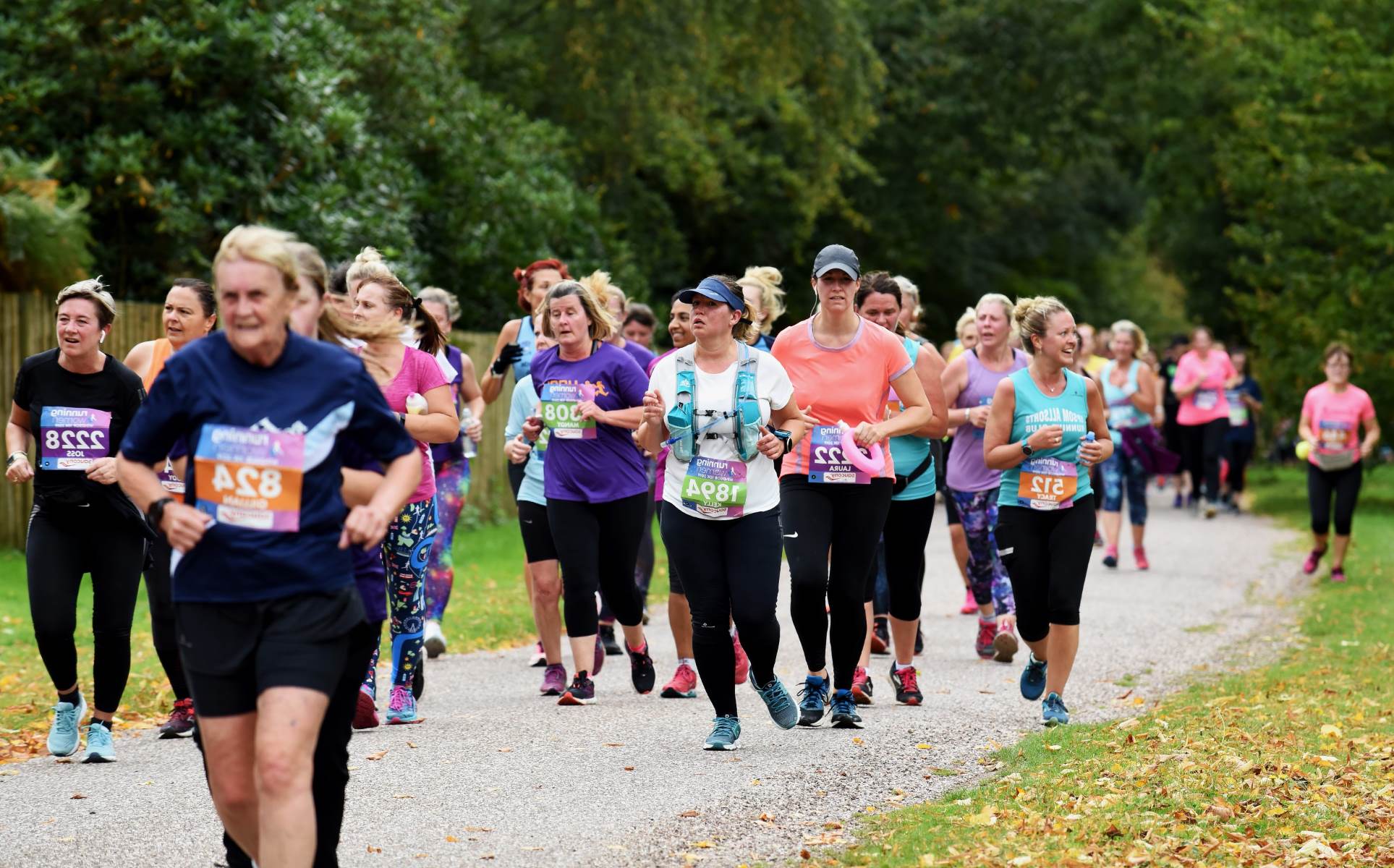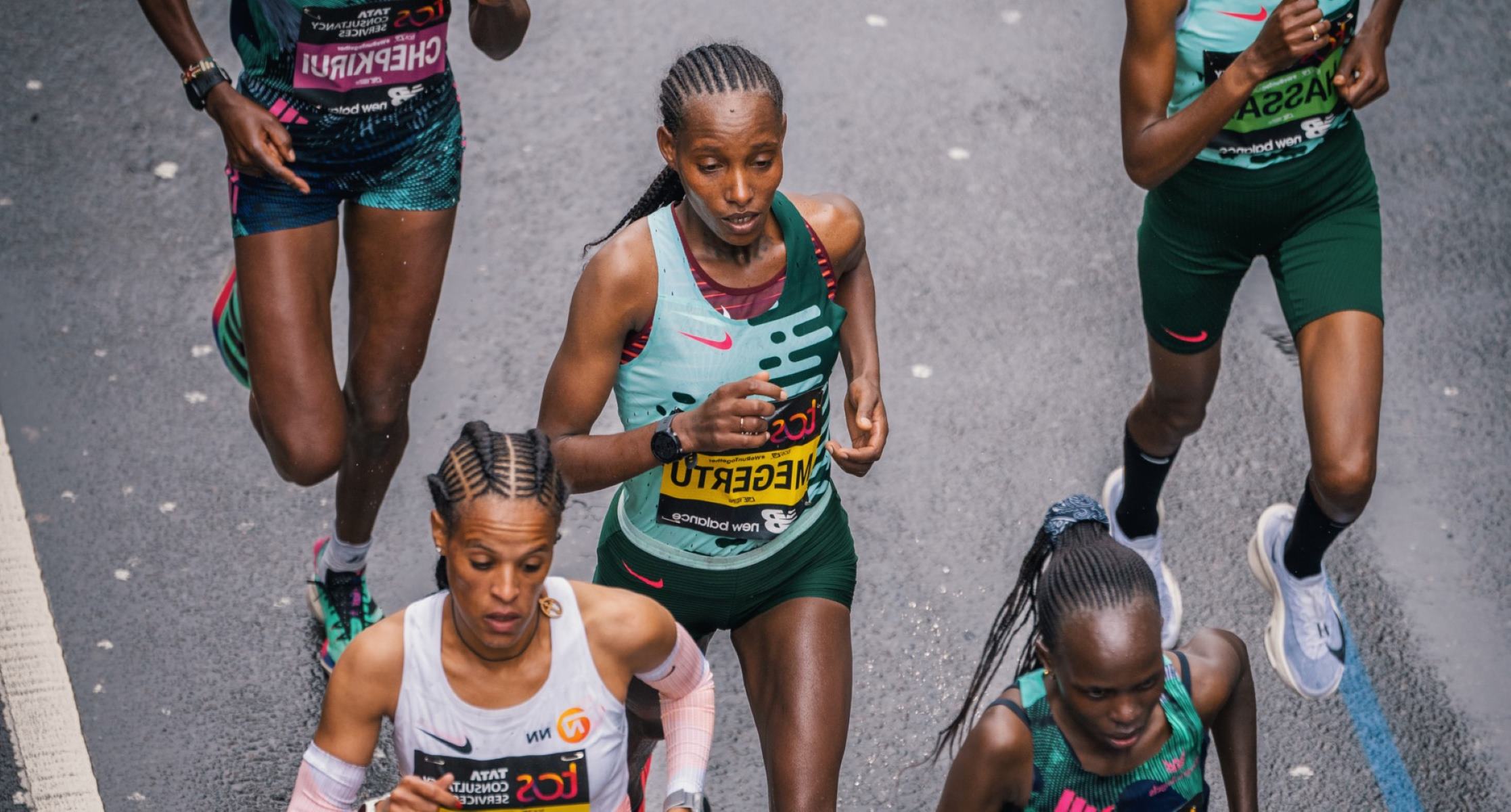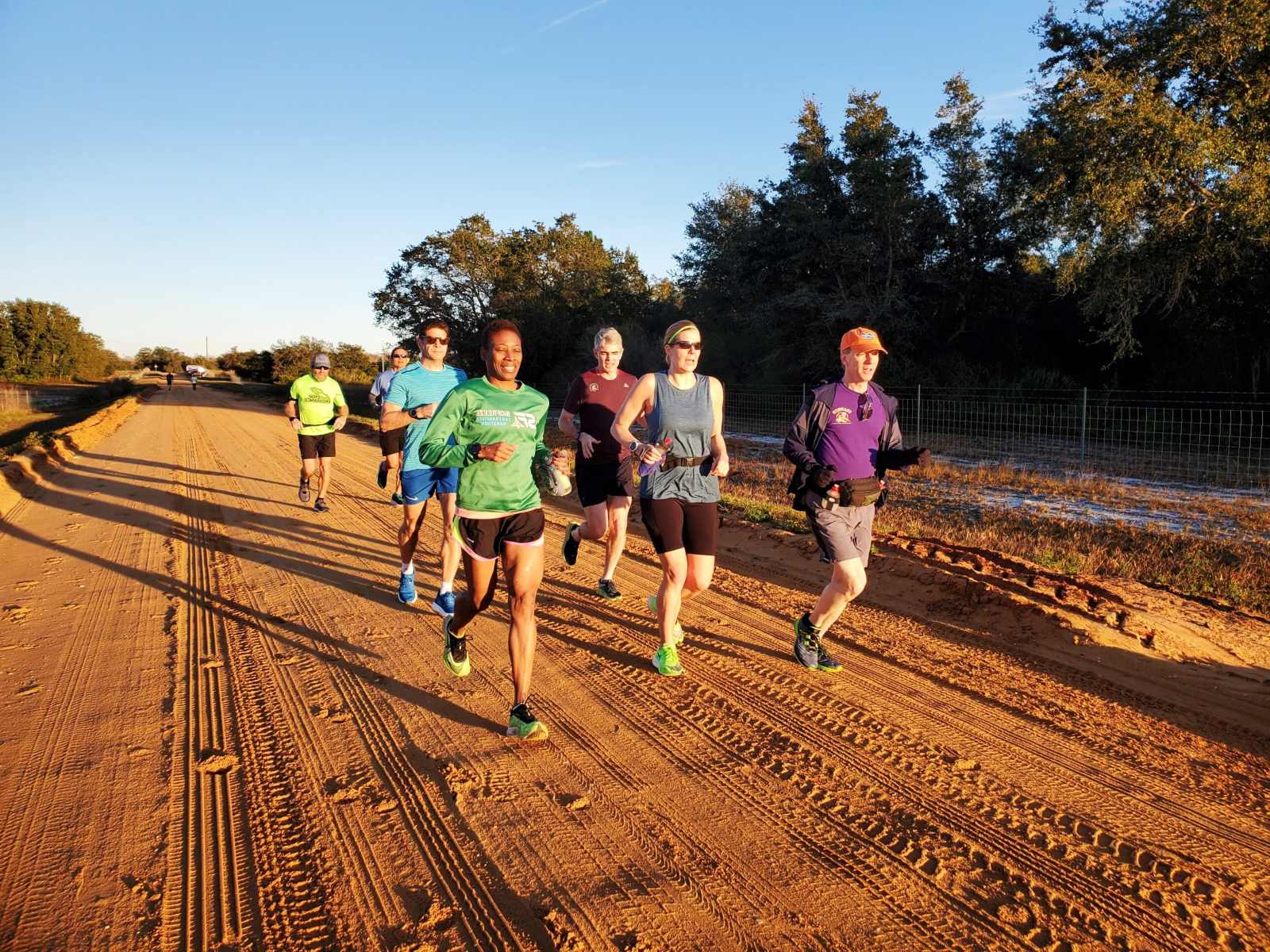Home>Training & Techniques>What Is The Ideal Distance For Your Longest Marathon Training Run?


Training & Techniques
What Is The Ideal Distance For Your Longest Marathon Training Run?
Published: March 4, 2024
Discover the ideal distance for your longest marathon training run with expert tips on training and techniques. Achieve your best performance with strategic training methods.
(Many of the links in this article redirect to a specific reviewed product. Your purchase of these products through affiliate links helps to generate commission for Therunningadvisor.com, at no extra cost. Learn more)
Table of Contents
- Factors to Consider for Your Longest Marathon Training Run
- Importance of Finding the Right Distance for Your Longest Marathon Training Run
- Tips for Determining the Ideal Distance for Your Longest Marathon Training Run
- Common Mistakes to Avoid When Planning Your Longest Marathon Training Run
- Adjusting Your Longest Marathon Training Run Distance Based on Individual Factors
Factors to Consider for Your Longest Marathon Training Run
Embarking on a marathon training journey is an exhilarating endeavor that demands careful planning and preparation, especially when it comes to determining the distance of your longest training run. Several crucial factors should be taken into account to ensure that your training is effective, safe, and tailored to your individual needs.
Read more: What Is Your Running Distance Limit?
1. Experience Level
Consider your prior experience with marathon training. If you are a seasoned marathoner, your longest training run may differ from that of a novice. Experienced runners may opt for longer distances to challenge themselves and prepare for the demands of the marathon, while beginners may focus on gradually building up their endurance with shorter long runs.
2. Overall Training Mileage
Assess your total weekly mileage and the progression of your training plan. Your longest training run should complement your overall mileage and fit seamlessly into your training schedule. It should serve as a significant milestone in your training, preparing you for the physical and mental rigors of the marathon.
3. Physical Readiness
Evaluate your current physical condition and any pre-existing injuries or limitations. It's essential to choose a distance that challenges you without pushing your body beyond its capabilities. Prioritize gradual progression and listen to your body's signals to prevent overexertion and minimize the risk of injury.
4. Time Until Race Day
Take into account the timeframe remaining until your marathon. If you have ample time before the race, you can gradually increase the distance of your longest training run. Conversely, if the marathon is approaching, focus on maintaining your fitness and avoiding excessive fatigue from overly ambitious long runs.
5. Mental Preparedness
Acknowledge the mental aspect of marathon training. Your longest training run serves not only to enhance physical endurance but also to bolster your mental resilience. Consider a distance that challenges you mentally, simulating the mental fortitude required to conquer the marathon distance.
6. Terrain and Conditions
Factor in the terrain and environmental conditions of your marathon course. If the marathon features challenging terrain or specific weather conditions, tailor your longest training run to replicate these elements, ensuring that you are adequately prepared for race day.
By carefully considering these pivotal factors, you can determine the ideal distance for your longest marathon training run. This thoughtful approach will contribute to a well-rounded training regimen, equipping you with the physical and mental strength needed to conquer the marathon distance.
Importance of Finding the Right Distance for Your Longest Marathon Training Run
The significance of determining the optimal distance for your longest marathon training run cannot be overstated. This pivotal aspect of marathon preparation directly impacts your physical readiness, mental fortitude, and overall performance on race day. By meticulously selecting the appropriate distance for your longest training run, you lay the foundation for a successful marathon experience.
First and foremost, the longest training run plays a crucial role in building physical endurance. It serves as a litmus test for your body, allowing you to push your limits and adapt to the demands of covering the marathon distance. By gradually increasing the distance of your longest run, you condition your muscles, cardiovascular system, and overall stamina, preparing them to withstand the rigors of marathon day.
Furthermore, the longest training run is not merely a physical feat; it also serves as a mental battleground. Enduring the challenges of an extended run cultivates mental resilience, fortitude, and determination. It provides an opportunity to practice mental strategies for overcoming fatigue, self-doubt, and the psychological hurdles that often accompany the latter stages of a marathon. Thus, the right distance for your longest training run is instrumental in honing your mental preparedness, ensuring that you approach race day with unwavering confidence.
Additionally, the longest training run offers invaluable insights into your pacing, nutrition, and hydration needs. By covering a substantial distance in training, you can experiment with various fueling strategies, hydration plans, and pacing techniques to identify what works best for your body. This empirical knowledge is indispensable for devising a race-day strategy that optimizes your performance and minimizes the risk of hitting the proverbial wall during the marathon.
Moreover, finding the ideal distance for your longest training run fosters a sense of accomplishment and reassurance. As you conquer progressively longer distances in training, you bolster your self-assurance and belief in your ability to conquer the marathon. This psychological boost is instrumental in alleviating pre-race jitters and instilling a sense of readiness to tackle the marathon distance with unwavering determination.
In essence, the longest training run serves as a cornerstone of marathon preparation, shaping both your physical and mental readiness for the ultimate challenge. By meticulously selecting the right distance, you set the stage for a transformative training experience that equips you with the resilience, strength, and confidence needed to triumph on marathon day.
Tips for Determining the Ideal Distance for Your Longest Marathon Training Run
When embarking on the journey of marathon training, determining the ideal distance for your longest training run is a pivotal decision that significantly influences your preparedness for the marathon. To ensure that your training is tailored to your individual needs and conducive to optimal performance on race day, consider the following tips for determining the ideal distance for your longest marathon training run.
-
Gradual Progression: Approach the determination of your longest training run distance with a mindset of gradual progression. Rather than abruptly attempting an excessively long distance, incrementally increase the length of your longest run over the course of your training plan. This approach allows your body to adapt to the increasing demands, mitigating the risk of overexertion and injury while fostering steady improvement in endurance.
-
Race Distance Minus 20%: A commonly recommended approach is to set your longest training run distance at approximately 20% less than the full marathon distance. For instance, if your target marathon distance is 26.2 miles, consider a longest training run of around 20-22 miles. This strategy strikes a balance between adequately preparing your body for the marathon while minimizing the risk of excessive fatigue and potential injury from attempting the full distance in training.
-
Consider Overall Mileage: Evaluate your total weekly mileage and the progression of your training plan. Your longest training run should complement your overall mileage and fit seamlessly into your training schedule. It should serve as a significant milestone in your training, preparing you for the physical and mental rigors of the marathon.
-
Listen to Your Body: Pay close attention to your body's signals and responses during training. If you find that a specific distance leaves you excessively fatigued or prone to prolonged recovery, consider adjusting the length of your longest run. Conversely, if you consistently feel strong and capable after a certain distance, you may gradually extend the length of your longest run to further challenge yourself.
-
Consider Terrain and Conditions: Factor in the terrain and environmental conditions of your marathon course. If the marathon features challenging terrain or specific weather conditions, tailor your longest training run to replicate these elements, ensuring that you are adequately prepared for race day.
-
Consult with Experienced Runners: Seek guidance from experienced runners or coaches who can provide valuable insights based on their own training experiences. Their perspectives and advice can offer valuable considerations for determining the ideal distance for your longest training run, taking into account individual differences and varying training philosophies.
By incorporating these tips into your marathon training regimen, you can effectively determine the ideal distance for your longest training run, setting the stage for a well-rounded and purposeful training experience that culminates in a successful marathon performance.
Common Mistakes to Avoid When Planning Your Longest Marathon Training Run
When preparing for a marathon, the planning of your longest training run holds immense significance. However, amidst the fervor of training, several common mistakes can inadvertently hinder your preparation and compromise your performance on race day. By being mindful of these pitfalls, you can optimize your training regimen and avert potential setbacks. Here are the common mistakes to avoid when planning your longest marathon training run:
1. Overreaching Too Soon
One prevalent mistake is attempting an excessively long training run too early in the training cycle. Pushing for a marathon-distance run too soon can lead to physical and mental burnout, increasing the risk of injury and undermining the effectiveness of subsequent training sessions. Gradual progression is key, and it's essential to build a solid foundation of shorter long runs before tackling the marathon distance.
2. Neglecting Recovery and Adaptation
Failing to allow adequate recovery and adaptation time following your longest training run can impede your overall training progress. After a demanding long run, your body requires sufficient time to recuperate and adapt to the increased mileage. Neglecting this crucial phase can elevate the risk of overuse injuries and hinder your subsequent training sessions.
3. Ignoring Nutrition and Hydration Strategies
Neglecting to fine-tune your nutrition and hydration strategies during your longest training run can have detrimental effects on your marathon preparedness. It's imperative to use this extended run as an opportunity to experiment with various fueling and hydration approaches, ensuring that you identify the most effective methods to sustain your energy levels and optimize performance on race day.
4. Disregarding Mental Preparation
Underestimating the mental fortitude required for the marathon distance is a common oversight. Your longest training run serves as a platform to not only bolster physical endurance but also to cultivate mental resilience. Neglecting the mental aspect of marathon training can leave you ill-prepared for the psychological challenges that accompany the latter stages of the marathon.
5. Failing to Simulate Race Conditions
Overlooking the importance of simulating race conditions during your longest training run can leave you ill-prepared for the actual marathon. Considering factors such as terrain, weather, and pacing that mirror the race environment is crucial for acclimating your body and mind to the conditions you will encounter on race day.
By steering clear of these common mistakes and approaching your longest marathon training run with a strategic and mindful outlook, you can optimize your training experience and fortify your readiness for the marathon. Avoiding these pitfalls will contribute to a comprehensive and effective training regimen, positioning you for success on the day of the marathon.
Adjusting Your Longest Marathon Training Run Distance Based on Individual Factors
Determining the distance for your longest marathon training run is not a one-size-fits-all endeavor. It necessitates a nuanced approach that considers individual factors to tailor the training experience to your specific needs. By adjusting the longest training run distance based on these individual factors, you can optimize your preparation for the marathon and mitigate potential challenges.
1. Prior Experience and Fitness Level
Individuals with varying levels of experience and fitness will benefit from customized approaches to their longest training run distance. Seasoned marathoners may opt for longer distances to push their limits and maintain peak performance, while novice runners may focus on gradually building endurance without overwhelming their bodies. Adjusting the longest run distance to align with your current fitness level and experience sets the stage for a training regimen that is both challenging and sustainable.
2. Injury History and Physical Limitations
Considering your injury history and any existing physical limitations is paramount when determining the ideal distance for your longest training run. Individuals with a history of specific injuries or physical constraints may need to modify the longest run distance to minimize the risk of exacerbating underlying issues. By prioritizing injury prevention and acknowledging physical limitations, you can tailor the training load to promote long-term health and well-being.
3. Time Until Race Day
The timeframe remaining until the marathon also plays a pivotal role in adjusting the longest training run distance. If ample time is available, gradual progression in distance can be implemented, allowing for a methodical buildup of endurance. Conversely, if the marathon is imminent, a more conservative approach to the longest run distance may be warranted to avoid excessive fatigue and optimize recovery leading up to the race.
4. Personal Recovery and Adaptation
Individual differences in recovery and adaptation rates should inform the adjustment of the longest training run distance. Some individuals may require more recovery time following an extended run, while others may adapt more rapidly to increased mileage. By gauging your personal response to training stimuli, you can fine-tune the longest run distance to strike a balance between stimulus and recovery, maximizing the training benefits while minimizing the risk of overtraining.
5. Mental Preparedness and Confidence Building
The psychological aspect of marathon training is equally significant in adjusting the longest training run distance. For some, gradually conquering longer distances serves as a confidence-building exercise, instilling a sense of preparedness and fortitude for the marathon. Tailoring the longest run distance to foster mental resilience and bolster confidence can be instrumental in cultivating a positive and resilient mindset for race day.
By meticulously considering these individual factors and adjusting the longest marathon training run distance accordingly, you can tailor your training experience to align with your unique needs and characteristics. This personalized approach fosters a training regimen that is not only physically effective but also mindful of individual differences, ultimately enhancing your preparedness for the marathon.

